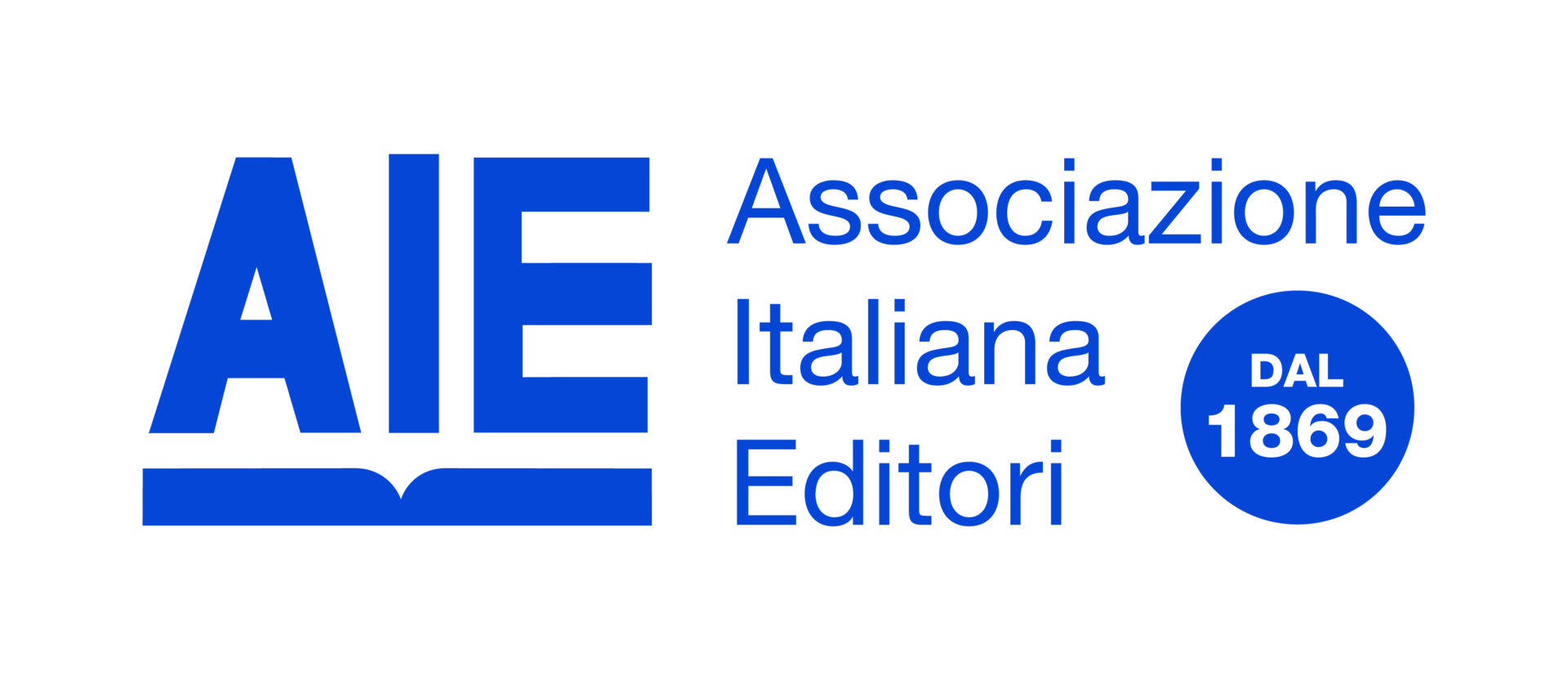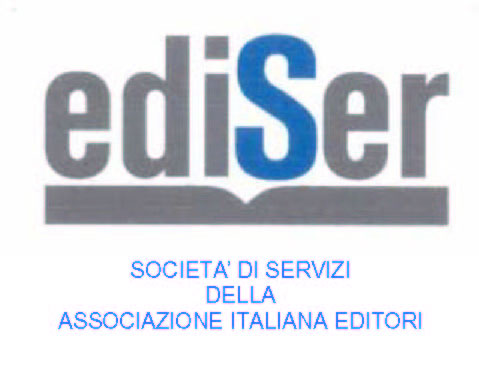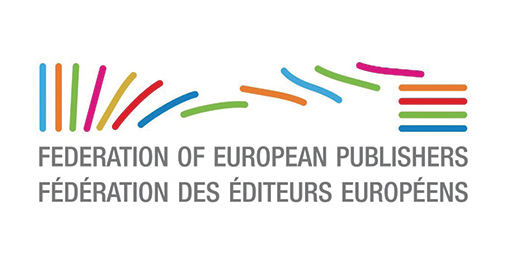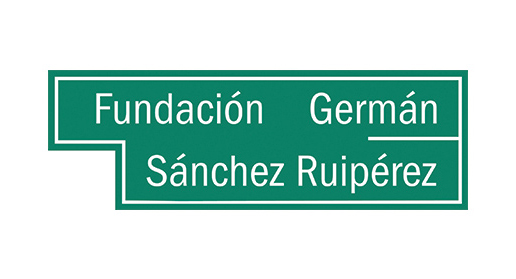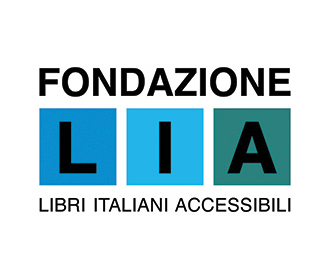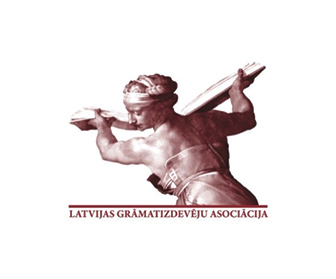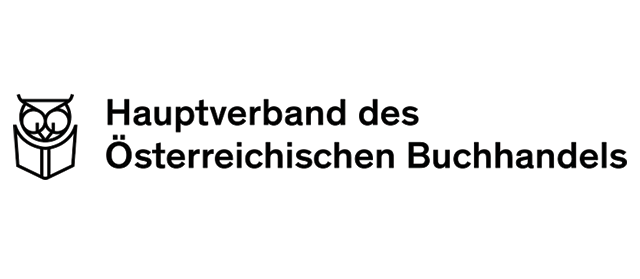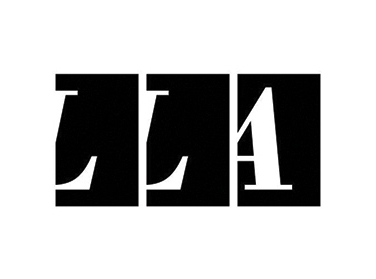In our mission to make data about book reading habits more comparable across Europe, the Aldus Up Working Group on Reading introduces an updated guideline document for the EuRopean Item Core Set for Reading Surveys (ERICS). This framework is designed for the organizations in charge of national surveys on reading habits who wish not only to collect data for national studies, but also to make them comparable with results from other European countries.
One year ago, in July 2022, we published our first serve for a standardized basic questionnaire, the Aldus Up’s EuRopean Item Core Set (ERICS) for Reading Surveys on the Knowledge hub of Aldus Up . Based on an explorative Survey about existing European surveys tracking the free-time reading habits in various countries, we had identified the four most frequently used items among those surveys as (1) the use of the different formats printed books, e-books and audiobooks; (2) the frequency at which people tend to read or listen to books in their leisure time, (3) the quantity, i.e. the number of units consumed over the course of one year and (4) how much time is spent on these activities in an average week. All these items aim to quantitatively describe – and then compare – the activity of reading books across different countries.
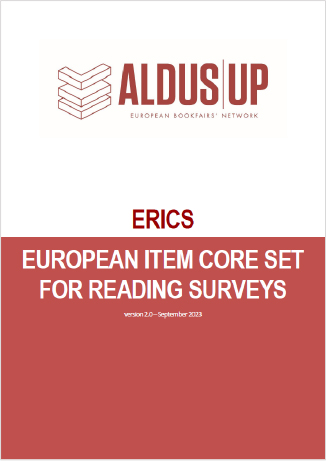
Click here to view and download ERICS 2.0, and continue reading to learn more about our findings, leading to the improvements added in this updated version.
The ERICS challenge: maintaining variety, increasing comparability in data on reading habits
The four reading variables of ERICS represent only a split share of the multitude of questions found in these existing surveys, many of which stem from a more qualitative perspective. Do respondents wish to increase their reading activity in the future? Do they rather buying or lending books, and in what language? And if they do not indulge in leisure book reading at all, what are their reasons? These are just three examples out of dozens worth mentioning. But they underline that our aim of establishing a “standard” cannot, and does not want to be, the establishment of a unified questionnaire. The aim has been, and still is, to enrich existing surveys by creating a common “core” of data which is easily comparable across national borders, to deepen our understanding of what today’s readers in Europe do and do not have in common when it comes to their use of books.
Standards for core questions, but also ‘core answers’
In the months following our initial publication, further communication with different stakeholders involved in the making of surveys across Europe, close readings of existing result presentations, and not least to mention a pilot initiated by the Italian Publishers’ Association (AIE), helped us to further test our concept. It soon became clear that in addition to defining what kind of questions we suggest to be asked in future surveys, more specific guidance is also needed for the form of the results. One obvious example is the sociodemographic variable of age. The common trait of representative surveys is that results are looked upon for segments of the continuum, spanning a lower and sometimes also upper limit, but not in cohorts of one single year – despite data being collected in exact numbers. Such groups do result in informative curves, telling us, for example, that today, in Norway, seniors are the more avid readers than their genZ counterparts – while in Italy, the opposite seems to be the case (read the previous article here).
Progressing from relative trends to 1:1 comparability
The thresholds between those demographic segments, found in different surveys, are anything but homogenous, which is a hindrance when trying to arrange such data in structured tables or graphs. We did not find a pre-dominant pattern among the surveys looked at. But we did find two anchor points: (1) forming ‘packs’ of ten – 25 to 34, or 30 to 39, respectively – is a frequent choice. And: (2) both ages 25 and 65 recur as our ‘magic numbers’ in several different surveys. Our conclusion from these observations is that, starting with age 25, steps of ten are the closest option to meeting half-way with a majority. (Yet a finer segmentation between ages 16 and 24 seems recommendable to not blur this highly dynamic part of readers’ biographies.)
Range options: supporting the undecided …
Respondents usually have no trouble at all to state their age as an exact number – something they know. This can be a very different matter for the more subjective estimates. “Approximately how many books did you read in the past 12 months?” can all too easily spur a quick and easy “I don’t know” answer. Regardless of whether the true number is just too high to keep track, or somewhere below four, both respondents will end up in the same group at the end: those who don’t know. Gently nudging those individuals, by asking whether they would say it was “less than four (1-3)”, or “more than twelve”, etc., then helps interviewers – be that humans or online-forms – to limit the share of people whose estimates cannot be placed more accurately.
… but sometimes obstructing comparability
While offering pre-set ranges does support the collection of more meaningful data, the flipside of this coin is that we literally found as many differing choices about those options for ‘number of units’ as there were surveys covering this reading variable. This makes it very difficult to tell exactly how similar or different the distribution of avid vs. occasional book reading is between two, let alone between several countries.
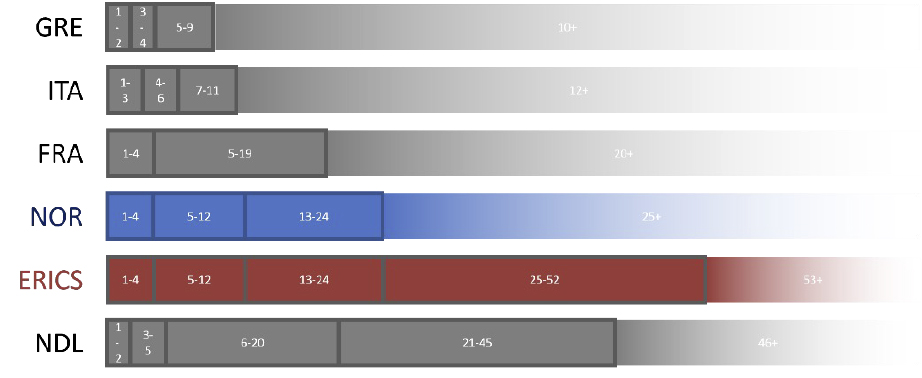
Schematic comparison of the different range choices for the number of books read in the result publications of some European surveys on reading habits. Sources: Readers and Reading in Greece 2021 (University of Athens/OSDEL); unpublished Italian ERICS pilot survey (pepe research/AIE);Les Français et la lecture 2021 (Ipsos/CNL); Leserundersøkelse 2022 (Ipsos/Norwegian Publishers’ Association/Bokhandlerforeningen May 2022); Consumentenonderzoek M63 (GfK/KNV Boekwerk).
Frequency, quantity and time: three angles for a multi-dimensional picture
But there is one exception: The makers of the bi-annual Norwegian survey have linked those ranges to the standard time periods of months and quarters (see below). For ERICS, we thus recommend exponentially growing ranges based on this pattern: 1-4 (up to one per quarter), 5-12 (up to one per month), 13-24 (up to two per months), 25-52 (up to one per week), and 53+ (more than one per week). Admittedly, the reading activity of an individual will, more often than not, be irregular over the course of a year, so we cannot actually deduct a ‘frequency’ based on the formula “number of books per year divided by number of weeks, months, or quarters”. A fact backed by data from surveys within which both frequency and number of units are investigated, such as for example the Dutch Consumentenonderzoek, or Les Français et la lecture. This data shows us that these two items should by no means be mistaken as two redundant approaches to answer the same question of “How much do you read?”, but as two different angles to get a more detailed, more telling picture. Need a relatable example? Your habitual ten minutes of reading before going to sleep on a workday do represent a high frequency, but probably a medium weekly sum of time spent, and – depending on how often you have to re-read yesterday’s bit since you were already fading off to sleep – the overall number of books finished might even end up being rather low at the end of the year.
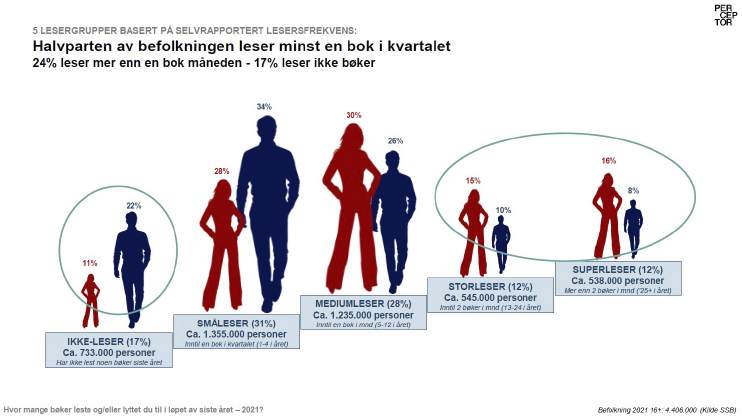
Norwegians are grouped based on the quantity of reading material into non-readers, few-readers (1-4 books p.a.), medium-readers (5-12 books p.a.), big-readers (storleser, 13-24 books), and super-readers (more than 25 books p.a.). Source: Leserundersøkelse 2022 (Ipsos/Norwegian Publishers’ Association/Bokhandlerforeningen May 2022).
Time to get on the map and frame your data in the European context
Organizations who are carrying on national surveys – or are planning to start- can check and adapt their own questionnaire taking into account the Aldus Up’s ERICS guidelines linked above in order to make sure to collect core information on reading in a comparable format at EU level. This updated version of ERICS has also been supplemented by a data sheet. You might find you are already collecting the data and only need to re-arrange them into different portions, instead of having to change your questionnaire to meet the ERICS framework – comparability might already be closer than you think.
 By
By 



